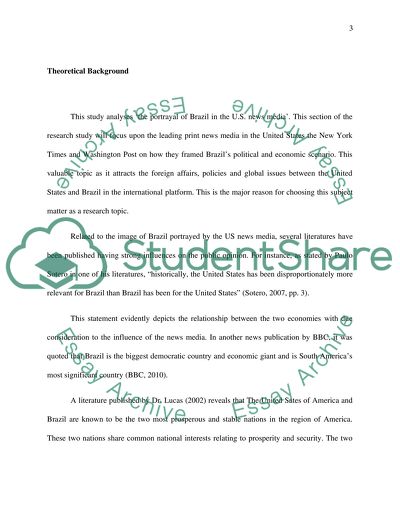Cite this document
(“The Portrayal of Brazil in the U.S. News Media Thesis”, n.d.)
Retrieved from https://studentshare.org/finance-accounting/1407377-the-portrayal-of-brazil-in-the-us-news-media
Retrieved from https://studentshare.org/finance-accounting/1407377-the-portrayal-of-brazil-in-the-us-news-media
(The Portrayal of Brazil in the U.S. News Media Thesis)
https://studentshare.org/finance-accounting/1407377-the-portrayal-of-brazil-in-the-us-news-media.
https://studentshare.org/finance-accounting/1407377-the-portrayal-of-brazil-in-the-us-news-media.
“The Portrayal of Brazil in the U.S. News Media Thesis”, n.d. https://studentshare.org/finance-accounting/1407377-the-portrayal-of-brazil-in-the-us-news-media.


